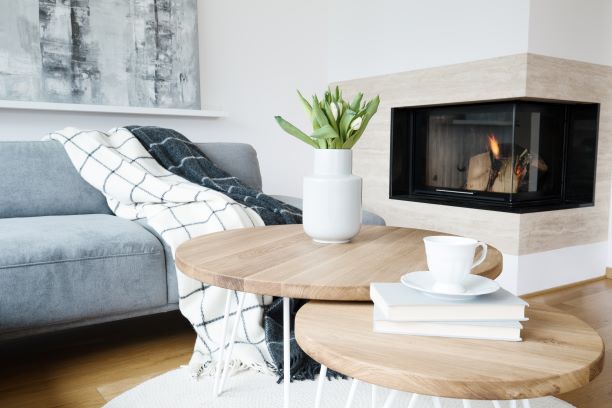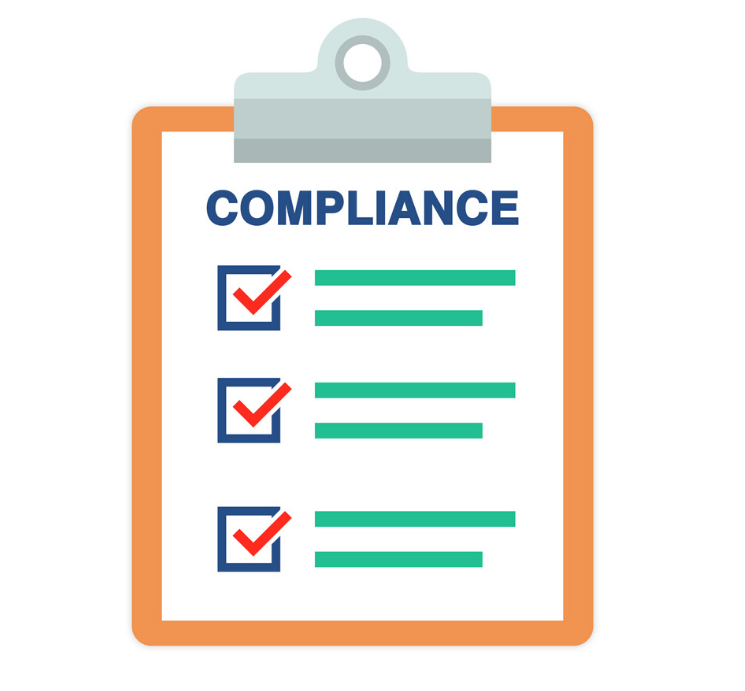What You Need to Know About Healthy Homes Standards
 The healthy homes standards became law with effect from 1 July 2019. The new guidelines have revised the standard requirements (both specific and minimum) as they relate to heating, ventilation, insulation, drainage, draught, and moisture ingress in all rental properties. The goal of the new standards is to improve the quality of life of New Zealanders and their families.
The healthy homes standards became law with effect from 1 July 2019. The new guidelines have revised the standard requirements (both specific and minimum) as they relate to heating, ventilation, insulation, drainage, draught, and moisture ingress in all rental properties. The goal of the new standards is to improve the quality of life of New Zealanders and their families.
All private landlords must comply with the revised standards within 90 days of a new or renewed tenancy agreement from 1 July 2021 onwards. All private rentals must become compliant by 1 July 2024. Boarding houses are required to comply by 1 July 2021.
The revised healthy homes standards have been put in place to improve five main areas of a rental home, all of which contribute to warmer and drier homes for tenants.
Here is all the information you need to know.
Heating
All rental properties must have at least one (or more) fixed heater that is capable of directly heating the main living room to a temperature of at least 18°C and can sustain this temperature year-round. The healthy homes standards also take into account certain devices that are not efficient, that are unhealthy, or that do not meet minimum requirements.
Landlords can use the online heating assessment tool on the official website here to generate a report on the minimum heating capacity required for their home and to check whether the current heating device meets the standard, or if a replacement is due.
Note: The heater must be fixed and not portable. It must have a heating capacity of 1.5 kW.

Insulation
All rental properties must have adequate underfloor and ceiling insulation. The new guidelines mean that existing insulation will have to be either upgraded or replaced to meet minimum requirements.
Ceiling insulation needs are calculated based on minimum R-values, depending on the location of the house. To meet the standards, any ceiling insulation that was installed before 1 July 2016 must be at least 12 cm thick.
Underfloor insulation needs to meet minimum requirements based on an R-value of 1.3.
Note: R stands for resistance and is a measure of the resistance of heat flow.
Ventilation
All rental properties must have at least one window (including skylights) or door that opens to the outside in each of the following: dining rooms, living rooms, bedrooms, kitchens, and lounges. These openable doors/windows must have a total area of at least 5% of the floor area. Furthermore, these doors/windows must remain fixed in an open position.
All bathrooms and kitchens must have an extractor fan to ventilate heat outside.
Moisture Ingress
If the rental property has an enclosed subfloor, it needs to be covered with a ground moisture barrier to stop the growth of moisture in the home.
Drainage
All rental properties must have adequate drainage systems for the removal of surface, ground and stormwater. An efficient drainage system includes downpipes, gutters, and drains to remove water from the roof.
Exemptions: The revised healthy homes standards do permit certain exemptions. You can learn more information about exemptions here.
All landlords and tenants should take note of the following key dates:

From 1 July 2019 onwards:
- Underfloor and ceiling insulation is mandatory in all rental homes where it is practicable.
- Landlords must provide a signed statement with every new, varied, or renewed tenancy agreement to confirm that they will comply, or have already complied, with the revised healthy homes standards.
- Landlords must provide an insulation statement with every new, varied, or renewed tenancy agreement to detail the kind of insulation that the rental property has, the installation type, its current condition, and its location.
- Landlords must document their compliance with all of the revised healthy homes standards that apply, or will apply, to their rental property.
From 1 December 2020 onwards:
- Landlords must include a signed statement with every new, varied, or renewed tenancy agreement to indicate their current level of compliance with all of the revised healthy homes standards that apply, or will apply, to their rental property.
From 1 July 2021 onwards:
- Landlords must ensure that the rental property complies with the revised healthy homes standards within 90 days of the start of every new and renewed tenancy agreement.
From 1 July 2024 onwards
- All rental properties must be in full compliance with the revised healthy homes standards.


